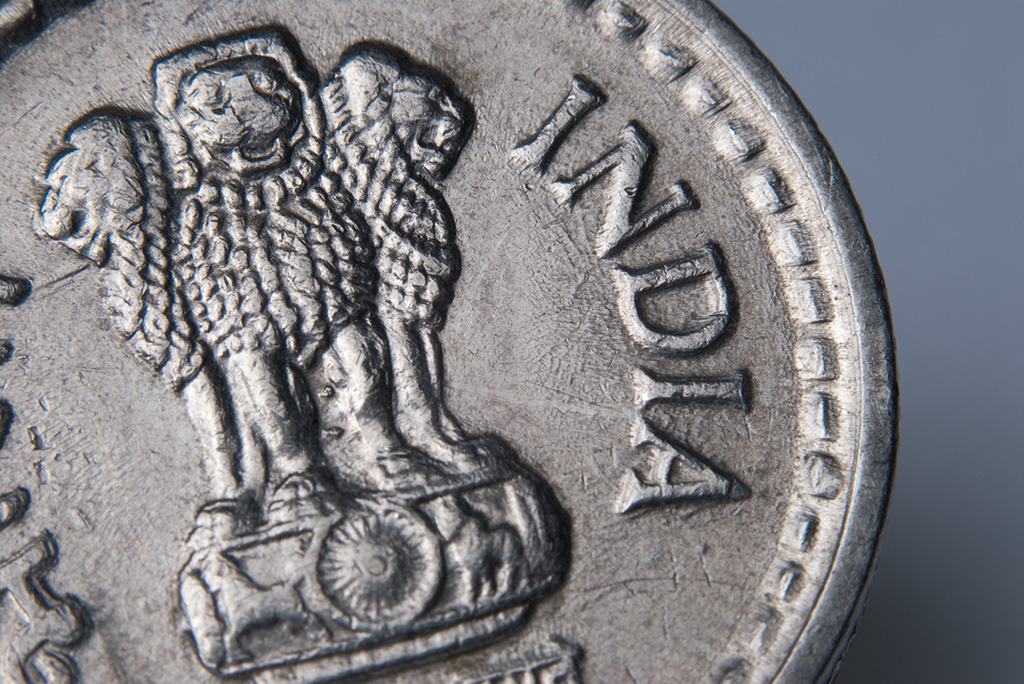The concept of Central Bank Digital Currency (CBDC) has been gaining traction globally, and India is no exception. The Reserve Bank of India (RBI) has been exploring the idea of a CBDC for a while now, and there are both potential benefits and drawbacks to such a move.
Here are some potential pros and cons of a CBDC in India:
Pros:
Financial inclusion: A CBDC could increase financial inclusion in India by providing a digital payment system that is accessible to all, including those who may not have access to traditional banking services.
Reduced transaction costs: Transactions with a CBDC could potentially be faster, cheaper, and more efficient than traditional payment methods, which could help reduce transaction costs for businesses and individuals.
Increased transparency: CBDC transactions could be more transparent than cash transactions, which could help reduce corruption and improve financial accountability.
Increased control: A CBDC could give the RBI more control over the monetary system, allowing it to more effectively manage monetary policy and potentially reduce financial instability.
Cons:
Privacy concerns: A CBDC could raise privacy concerns as all transactions could potentially be tracked and monitored by the government or the central bank, leading to potential issues related to surveillance and civil liberties.
Technological challenges: Developing and implementing a CBDC could be a challenging and expensive process, and there are still technological hurdles that need to be overcome.
Security risks: The digital nature of a CBDC could make it more vulnerable to cyber-attacks and hacking, which could compromise the security of the monetary system.
Disruption to the banking system: A CBDC could potentially disrupt the traditional banking system by reducing the need for banks and other financial intermediaries, which could lead to job losses and other economic impacts.
Overall, the potential benefits and drawbacks of a CBDC in India will depend on a range of factors, including the specific design of the CBDC and how it is implemented. It is important for the RBI to carefully consider these factors and weigh the potential costs and benefits before deciding whether to move forward with a CBDC.

Standard currency is the Indian Rupee
The standard currency of India is still in use. The currency of India is the Indian Rupee (INR), which is issued by the Reserve Bank of India (RBI). The Indian Rupee is a fiat currency, which means it is not backed by a physical commodity, but is instead supported by the faith and credit of the Indian government.
The Indian Rupee is widely accepted as a means of payment in India, and it is also accepted in some neighboring countries such as Nepal and Bhutan. The RBI issues the Indian Rupee in various denominations, including notes and coins, which are in circulation throughout the country.
While digital payment methods are becoming increasingly popular in India, cash transactions are still widely used in the country, especially in rural areas where access to digital payment infrastructure may be limited. However, the Indian government has been promoting digital payments and financial inclusion initiatives to encourage a shift towards a more cashless economy.

Indian Rupee Offshore
India is a large economy with a growing middle class, and as such, Indian investors have been increasingly looking to diversify their portfolios by investing in offshore markets.
According to a report by the International Monetary Fund (IMF) from 2019, India’s outward foreign direct investment (OFDI) stock stood at around USD 129 billion, which accounted for about 2.5% of global OFDI stock. The report also noted that India’s OFDI had been growing rapidly over the past decade, with much of the investment flowing to developed economies such as the United States, the United Kingdom, and Singapore.
Indian Rupee Offshore, It’s important to note that the specific amount of money invested offshore by India can fluctuate depending on various factors such as global economic conditions, changes in government policies, and shifts in investor sentiment.

Millionaires and Billionaires of India
India has a significant number of millionaires and billionaires
According to the 2021 edition of the Hurun Global Rich List, which ranks the world’s wealthiest individuals, India had a total of 209 billionaires, with a combined wealth of USD 1.78 trillion. The list also included 1,327 individuals with a net worth of USD 500 million or more, and 10,788 millionaires with a net worth of USD 10 million or more.
It’s worth noting that these numbers may have changed since my knowledge cutoff date, as the global economic situation and individual wealth can be subject to fluctuations over time.
India Image by Free stock photos from www.rupixen.com from Pixabay

Leave a Reply